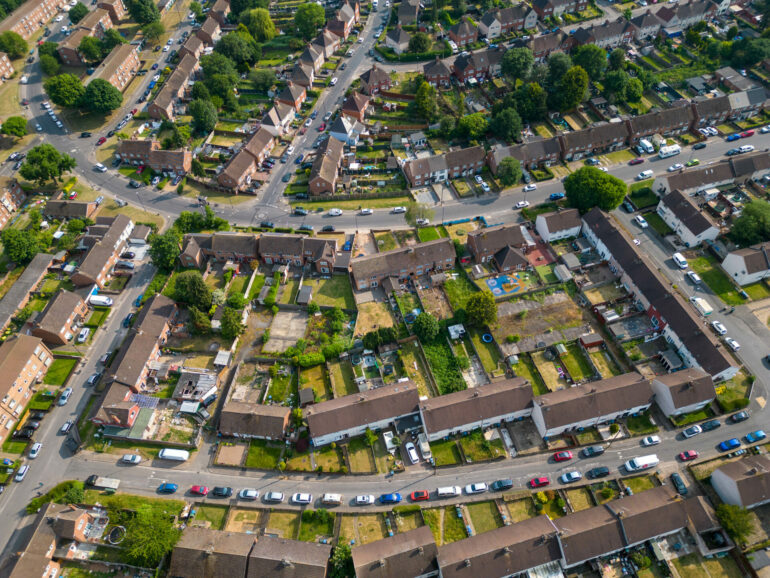Changes to the UK mortgage market and improving household balance sheets, including ‘forced saving’ during the pandemic, have helped to deliver an unprecedented £16bn household income boost from higher interest rates, according to new research by the Resolution Foundation.
The latest Macroeconomic Policy Outlook examines the impact of the Bank of England’s recent rate-rising cycle between December 2021 and August 2023, when interest rates increased from 0.1 to 5.25%, on household balance sheets and incomes.
The Foundation notes that rate-rising cycles have tended to push up households’ debt repayments by more than any extra income from savings during the past four cycles in the 1980s, 1990s and 2000s, thus directly reducing household incomes.
However, the opposite has happened over the course of the Bank’s latest rate-rising cycle, delivering British households an unprecedented income boom of around £16bn.
This accounts for three-fifths of all household income growth over this period.
This income boost is not only unprecedented in recent economic history, but internationally too.
Similar rate-rising cycles have delivered only a very modest income boost in the Eurozone, and an income fall in the US.
Changing mortgage preferences have played a key role, with fixed-rate deals replacing variable rate deals, and 5-year fixes replacing 2-year fixes as the most popular mortgage product.
This has slowed the pass-through from interest rate rises to mortgage costs, with nearly two-in-five (37%) households that had a mortgage when the Bank started rising rates in 2021 yet to see their fixed-rate deal come to an end.
In contrast, the income boost from higher savings interest has been more immediate – with real income from savings rising by £34bn – more than offsetting the £18bn rise in debt interest costs to give a net interest income boom of £16bn.
Improving household balance sheets have also left Britain better placed to benefit from rising interest rates.
Back in 2007, households’ outstanding debts stood at 150% of disposable income, with interest-bearing savings worth 42% less, at just 108%.
Had households gone into this latest rate-rising cycle with such a large gap between debt and savings, it would have meant a much smaller boost to incomes, even with rising savings rates outpacing the average rate on household debt.
Since then, tighter mortgage lending criteria in the wake of the financial crisis have helped to reduce household debt to 136% of total income, while ‘forced saving’ during the pandemic has helped savings rise to 132% of total income.
So, by the time the Bank of England started raising rates at the end of 2021, the household balance sheet gap had closed from 42% to just 6%.
Simon Pittaway, senior economist at the Resolution Foundation, said: “When interest rates rose in the 80s, 90s and 2000s, household incomes tended to fall directly, with interest payments on debt rising by more than extra income from savings.
“But changes to the UK mortgage market and enforced saving during the pandemic have meant that the Bank’s latest rate-raising cycle has actually boosted household incomes by £16bn.
“The impact of the unlikely income boost has been very uneven – older, asset-rich households have gained the most, while younger mortgagor households have been hit hard.
“And while rising rates have boosted incomes over the past two years, they are likely to reduce them in the year ahead – presenting a fresh living standards challenge in an election year.”




